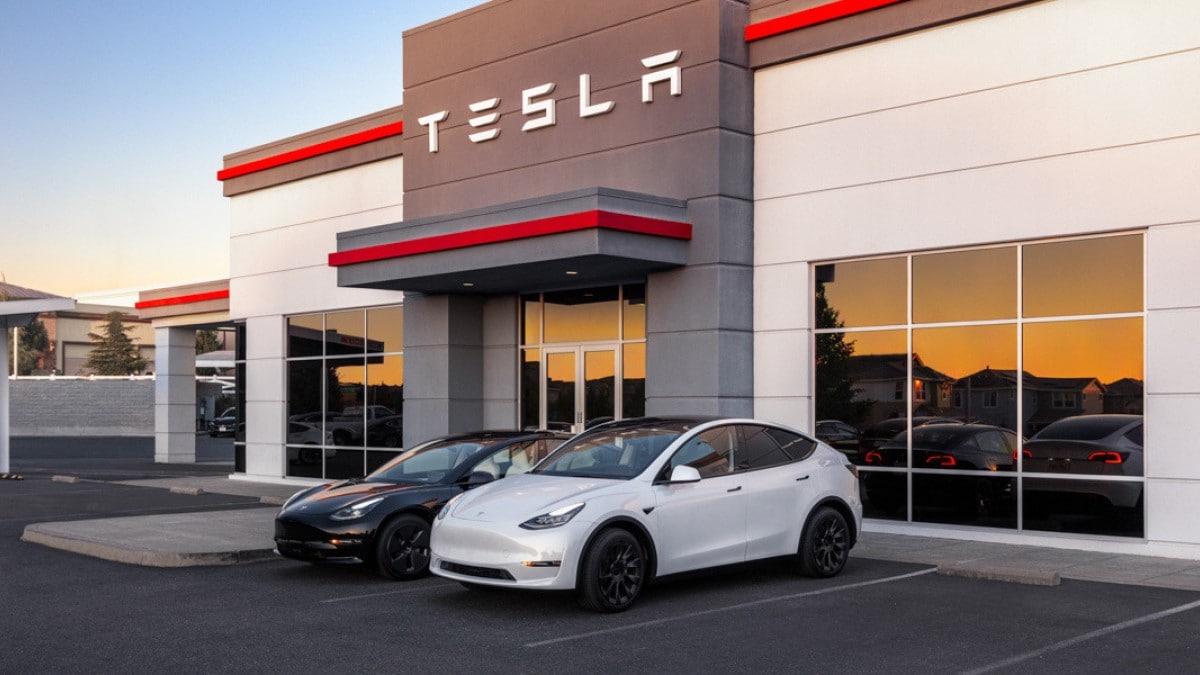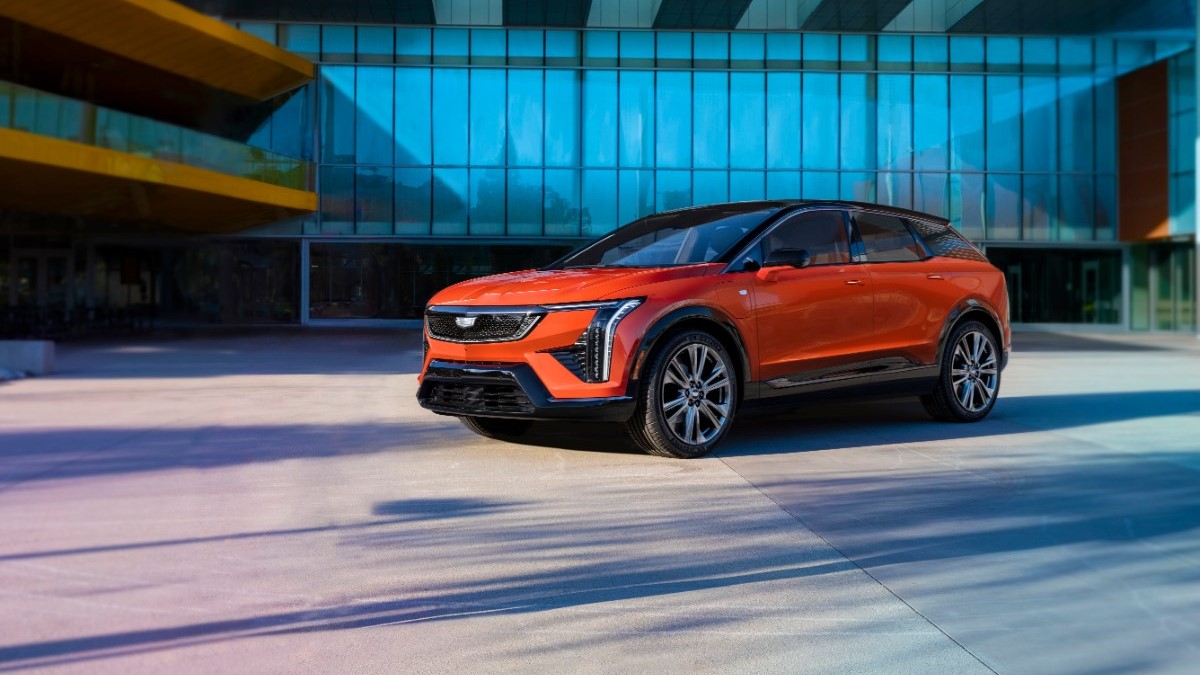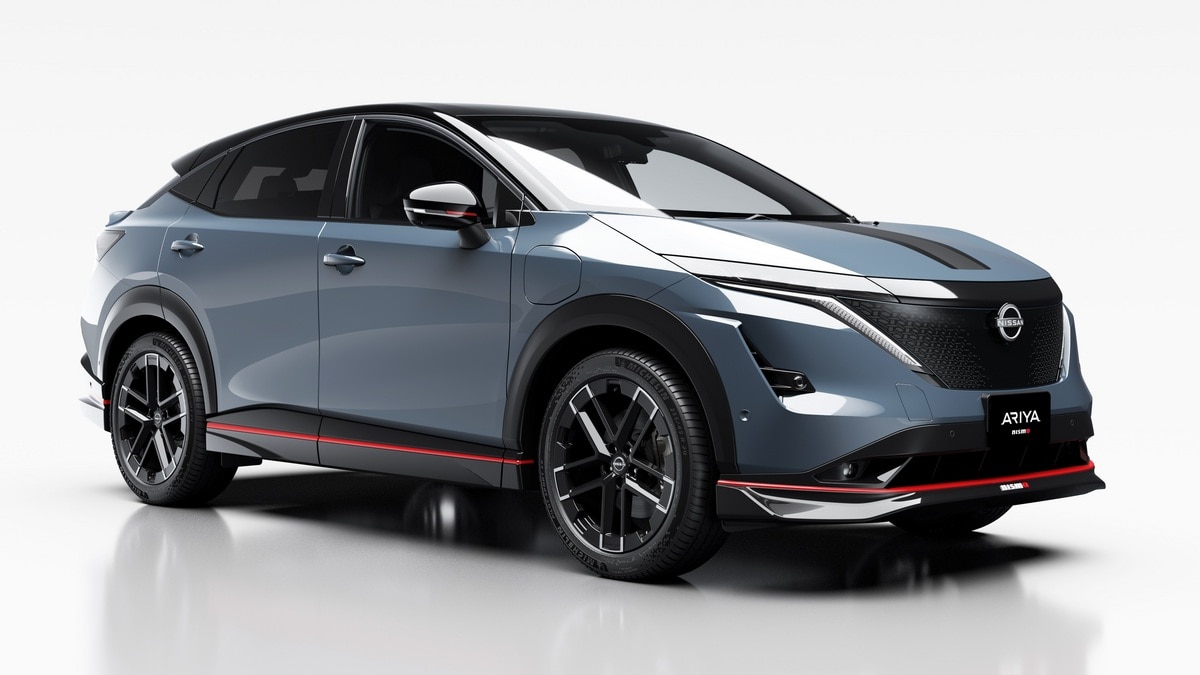“Tesla’s Sales Drop, a Sign That Its Grip on the EV Market is Slipping” – The New York Times
“Tesla Sales Fall Short of Estimates In First Drop Since 2020” – Los Angeles Times
“Tesla Shares Tumble Toward Make-or-Break Level In Latest Wipeout” – Bloomberg
The headlines make Tesla’s first-quarter delivery report sound like a shock. Tesla on Tuesday reported that it delivered 386,810 cars globally last quarter – an 8.5% decrease from a year ago. The company built over 433,000 during the quarter, leaving it with an overstock of new vehicles.
Media reports treat the news as devastating. Tesla’s stock price fell more than 5% on the news. But it’s worth putting in perspective.
Tesla Market Share Has Been Shrinking For Two Years
Tesla controlled 75% of the EV market as recently as the first quarter of 2022. A year later, that share was 62.4%. Six months later, in the third quarter of 2023, it fell to 50% of the market for the first time.
Kelley Blue Book parent company Cox Automotive hasn’t completed market share calculations for the first quarter of 2024 yet. But they’ll be out soon, and we expect another drop.
Tesla on Tuesday blamed “the early phase of the production ramp of the updated Model 3 at our Fremont factory and factory shutdowns resulting from shipping diversions caused by the Red Sea conflict and an arson attack at Gigafactory Berlin” for the news.
Those sources did contribute to the drop. But simple competition might be a more significant factor.
New Competition In The EV Space
Tesla built its reputation as the leading-edge EV builder when it had very limited competition. Now, virtually every automaker builds electric cars.
Overall, electric vehicle (EV) sales are still growing, albeit more slowly than they were a year ago. Cox Automotive estimates that Americans bought 15% more EVs in the first quarter of this year than in the same period last year. But non-Tesla brands saw their sales increase by 33%.
Ford yesterday reported an 86% jump in its EV sales compared to the first quarter of 2023. The company saw sales of its Mustang Mach-E surge after a price cut. Kia reported an 88% increase and celebrated its EV9 winning World Car of the Year. Hyundai reported that its EV sales doubled in March alone. Cadillac said its Lyriq EV saw a 52% sales increase for the quarter, with 70% of Lyriq buyers new to the Cadillac brand.
Put simply, EV buyers have more choices every quarter. It shouldn’t come as a shock that Tesla, once the only name in the game, is losing ground as competition heats up.
The New York Times notes that Tesla’s unique design may limit its sales potential. “In contrast to the early adopters who fueled Tesla’s rise, mainstream buyers may be put off by the vehicles’ unconventional design, including minimalist interiors and lack of buttons and switches. Almost all functions in Tesla vehicles are controlled from a large screen on the dashboard.”
Not all news from competitors was bad for Tesla. Industry publication Automotive News reports, “BYD, China’s biggest electric vehicle maker, reported first-quarter sales fell 43 percent compared with the fourth quarter of 2023, handing back the title of world’s biggest EV seller to Tesla.”
While Other Companies Have Lineups, Tesla Has a “Narrative”
So why the headlines? Wedbush analyst Dan Ives, in a note to investors, may have put it best: “We view this as a seminal moment in the Tesla story for [CEO Elon] Musk to either turn this around and reverse the black eye 1Q performance. Otherwise, some darker days could clearly be ahead that could disrupt the long-term Tesla narrative,” he wrote.
The word “narrative” is doing interesting things there. Tesla is as much a story as it is a company.
Market intelligence firm Caliber recently found that “the ranks of would-be Tesla buyers in the United States are shrinking,” Reuters reports. The company “attributed the drop in part to CEO Elon Musk’s polarizing persona.”
Meanwhile, “In the U.S., a survey by consumer analytics firm CivicScience shown exclusively to Reuters found that 42% of respondents had an unfavorable view of Musk in February, up from 34% in April 2022 when Musk disclosed his stake in Twitter.”
Watch The Volume Products, Not The Hype
That story, though, can distract from the simple reality of good and bad cars.
Industry publication Automotive News notes that Musk “said in January that its next growth wave won’t come until late 2025 with a new, low-cost vehicle.”
Tesla fans may feed the narrative with excitement over high-hype products like the Cybertruck and the promised $250,000 Roadster with optional booster rockets (we didn’t – couldn’t – make that up).
But those are likely destined to be low-volume products. The company is also hard at work developing a cheaper EV, with a reported target price under $25,000.
The number of potential buyers for an affordable EV dwarfs those for a science fiction pickup and a rocket-powered 2-seater. If Tesla is going to regain market share, the affordability project matters. Everything else is “narrative.”




